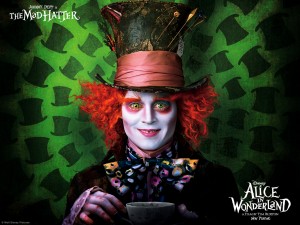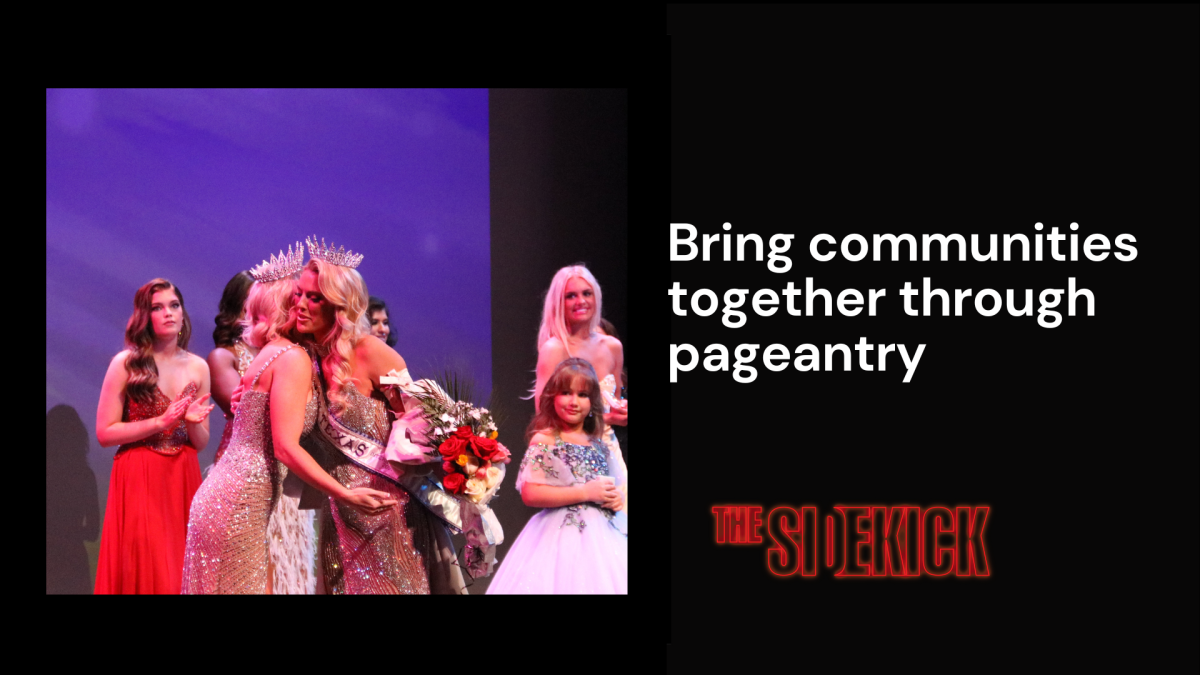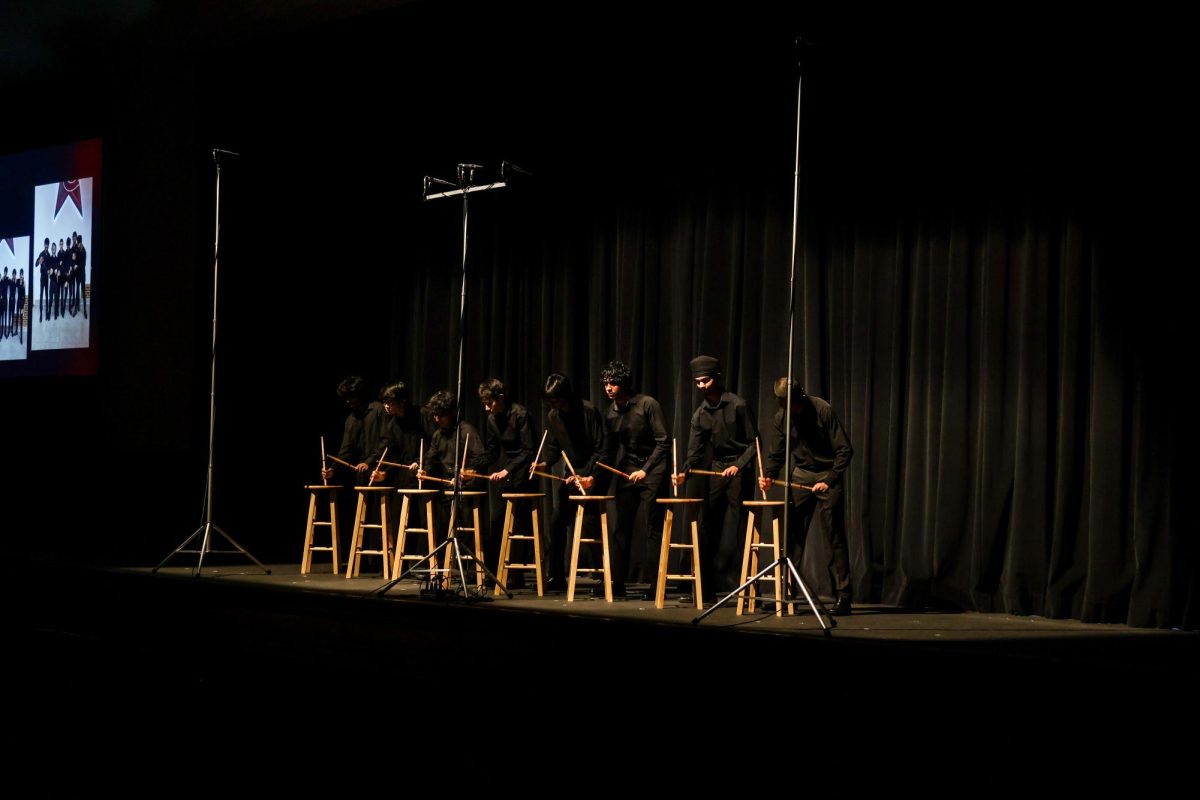I can say with relative assurance I know quite a bit about Alice in Wonderland. Beyond it being my favorite book, I’ve also been working on a 4,000-word extended paper this year as one of my assignments, requiring research and understanding of the novel as a whole. Therefore, when I heard that Alice was going to be made into a movie, that too by Tim Burton, a director creepy enough to maintain the original twisted plot of the novel, I was beyond excited.
However, after returning from my trip down the rabbit hole, none of the positive sentiments I had anticipated were left behind. Besides being lackluster and original, the previous, cartoon Disney version of the film seemed to be more confusing and frightening than the one created by Burton, the man specializing in dark films.
While my dislike for the movie may be somewhat unfounded, since many of my assertions are based off differences with the book, there are some major attributes drawing me away from it. For starters, the very cliché “good vs. evil” plot surrounding the entire movie was not only typical of any alternate world movie, but draws away from the main appeal of Wonderland – its apparent lack of order.
Many are quick to judge Wonderland as an acid trip because of its seemingly mad characters and random occurrences. (I might add that it is not, notably since Lewis Carroll’s previous and following novels are all focused around rather logical subject matters, such as math and chess, along with the fact that Carroll did not indulge in any drugs.) This lack of order is created to symbolize how in a world of chaos, also known as the “real world” or the adult world, the most logical person is a child. Alice is, in fact, a satire on the delusions and propriety of society.
The movie, however, fails to follow with this theme. By providing a definite plot and sequence of events Alice [Mia Wasikowska] is to follow, Wonderland now takes on a more logical stance and is not as chaotic as before. The building tension towards a final war scene is common and overdone in many movies, and serves the same role within this one.
Yet another blatant similarity within the movie can be seen during its ending. A kiss from the ‘better’ sister, a wish to go home and leaving friends behind despite their urging and then returning to see characters reminiscent of those in the alternate world – similarities The Wizard of Oz are bitingly evident. And while these two novels can be comparable at points, the twist of the Alice movie to fit the end of The Wizard of Oz is simply unnecessary and another aspect changed from the book.
Another overplayed idea shoved into the movie is the romantic tension between Alice and the Mad Hatter [Johnny Depp]. While this said romance is not blatantly brought forth, several scenes between the two characters were often surrounded by a more gentle tone than that which was focused upon in other areas of the movie.
Since that the characters are so different, it is obvious that no romantic affair would be produced, however, if they were to be placed in any other, less fantasy-like setting, the building romantic tension between the two would appear much more obvious. While I’m just as much as a sucker for love as any other moviegoer, the relationship between Alice and the Mad Hatter seems to have more of a basis on Burton wishing for more of Depp’s presence on screen, rather than character similarity.
That being said, the extended amount of Depp on screen proves to be one of the better facets of the movie. While his acting is usually impeccable, it reaches its peak within Alice, and I found myself craning for another glimpse of the Mad Hatter and whatever new façade he was to put on next. Alongside him, Helena Bonham-Carter, playing the Red Queen, also does a fantastic job within the movie, evoking the emotions of both fear and pity from viewers.
Perhaps the best part of this entire movie that had me hooked, despite my somewhat distaste for its plot, is its graphics. Since the release of Avatar, 3D animation and design is taking movie-watching to a whole new level, and Alice has clearly risen to meet the challenge. All of the creatures depicted seem to reflect the images I’d have of them in my mind, and the dazzling scenery of Wonderland – from the dark, twisted areas to the flowery, white ones – is intensified by magnificent imagery.
While I’m no connoisseur of digital animation, I can say the effects within this movie served to surpass almost all other features. The idea of a slithering fish servant or frog butlers may seem a stretch to many, but these unusual characters are featured brilliantly within Alice.
However, my personal focus when going to watch a movie is more on the plot, with digital effects only used as support – and despite the glimmering visuals presented, the lackluster theme still stood out strongly within Alice. While the movie on its own could stand for something relatively decent, in comparison to the intended effect of Wonderland, it barely met standards.
Maybe simply because it is rated PG, and therefore obviously directed towards audiences of younger ages, the plot line was reduced to something so basic. Regardless of the fact, my trip to Wonderland, instead of continuing to get “curiouser and curiouser” rather turned out to be wholly predictable.









